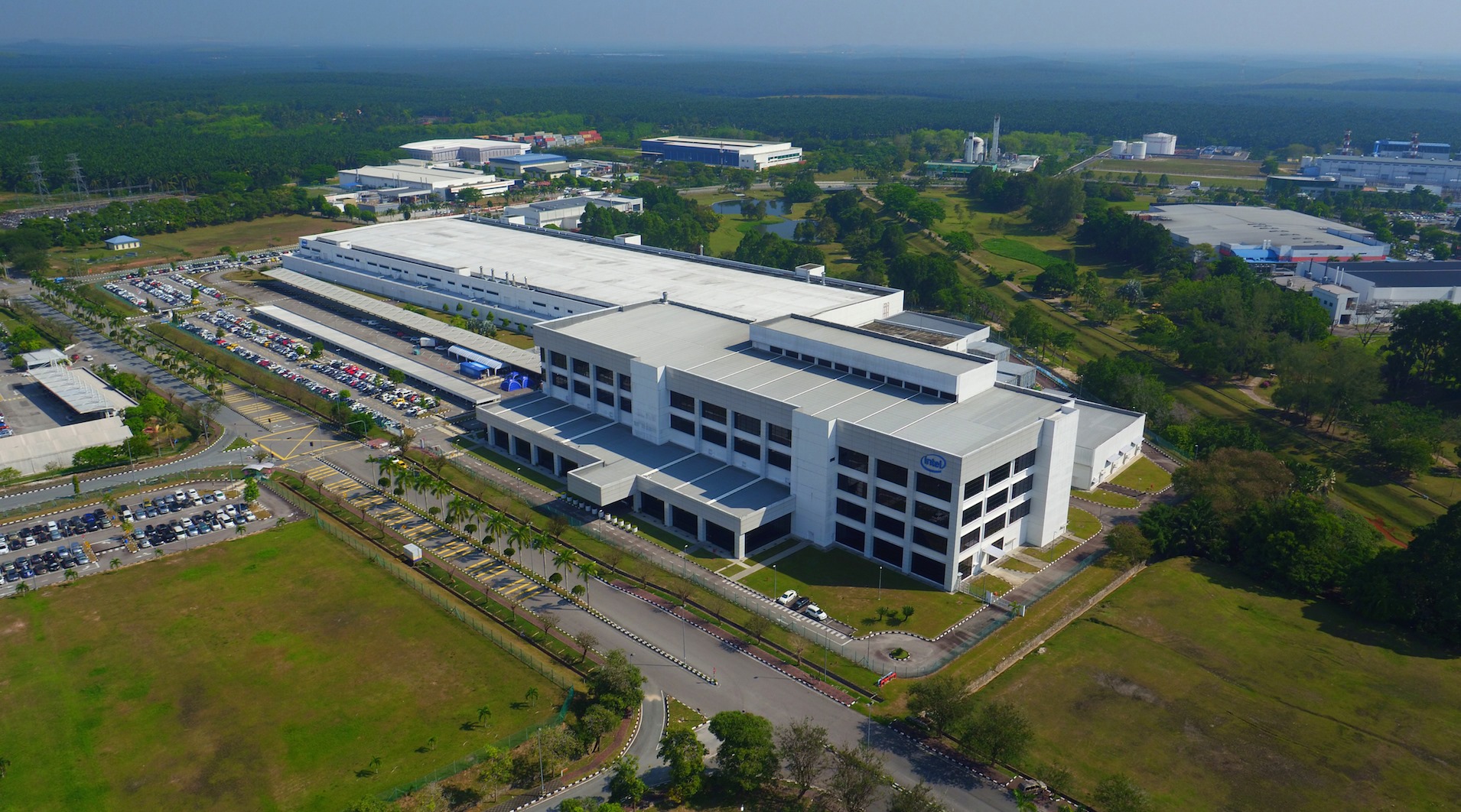Malaysia Sets Sights on Global Leadership in Energy and Chip Innovation

January 10, 2025
Malaysia is poised to become a global leader in energy and semiconductor manufacturing, leveraging its strategic location and industrial capabilities. Prime Minister Anwar Ibrahim revealed the country’s ambitious plans during a recent economic summit, emphasizing its focus on sectors such as oil and gas, semiconductor production, and Islamic finance.
The government is committed to advancing technological capabilities, including the development of Malaysian-made GPUs and chips within the next five to ten years. These initiatives align with global supply chain diversification efforts, positioning Malaysia as a critical player in the industry.
“Malaysia is uniquely situated to bridge the gap between East and West, providing a robust foundation for energy and semiconductor innovations,” said the Prime Minister.


Conclusion
Malaysia’s ambition to establish itself as a leader in energy and semiconductor manufacturing reflects its strategic intent to diversify its economy and secure a significant position in global supply chains. By focusing on high-growth sectors like semiconductor production and renewable energy, Malaysia is aligning itself with global trends and technological advancements. The development of locally produced GPUs and chips within the next decade underscores the country’s commitment to becoming a key player in a highly competitive industry.
If successfully executed, this initiative could drive economic growth, create high-value jobs, and enhance Malaysia’s reputation as a hub for innovation and technological expertise.
owever, Malaysia’s clear roadmap and focus on strategic sectors indicate that it is prepared to tackle these obstacles and emerge as a significant player in the energy and semiconductor industries.

Analysis
Malaysia’s vision to lead in energy and semiconductor manufacturing is both timely and strategic. The global semiconductor shortage has underscored the critical importance of supply chain diversification, and Malaysia’s move positions it to capitalize on this demand. Furthermore, its strategic location, strong infrastructure, and established industrial base provide the foundation needed to compete in these sectors.
Key factors that will determine the success of this ambition include:
- Investment in Talent and Technology: To succeed in high-tech industries, Malaysia must address its talent gap by upskilling its workforce and attracting global expertise. Additionally, investment in research and development will be crucial.
- Supportive Policies: Streamlined regulations and incentives for both local and foreign investors will play a vital role in fostering growth.
- Global Collaboration: Partnerships with leading technology firms and governments could accelerate progress, particularly in semiconductor manufacturing.
Analysis
Malaysia’s vision to lead in energy and semiconductor manufacturing is both timely and strategic. The global semiconductor shortage has underscored the critical importance of supply chain diversification, and Malaysia’s move positions it to capitalize on this demand. Furthermore, its strategic location, strong infrastructure, and established industrial base provide the foundation needed to compete in these sectors.
Key factors that will determine the success of this ambition include:
- Investment in Talent and Technology: To succeed in high-tech industries, Malaysia must address its talent gap by upskilling its workforce and attracting global expertise. Additionally, investment in research and development will be crucial.
- Supportive Policies: Streamlined regulations and incentives for both local and foreign investors will play a vital role in fostering growth.
- Global Collaboration: Partnerships with leading technology firms and governments could accelerate progress, particularly in semiconductor manufacturing.
Challenges remain, such as navigating global competition, ensuring a reliable supply of raw materials, and maintaining environmental sustainability. Challenges remain, such as navigating global competition, ensuring a reliable supply of raw materials, and maintaining environmental sustainability. H









